
The Tax Cut and Jobs Act (TCJA) reduced the federal corporate profit tax rate from 35 percent to 21 percent. Adding in state profit taxes, the overall U.S. tax rate went from 39 percent, one of the highest rates in the world, to 26 percent, about the average rate abroad. The implications of the new law for U.S. competitiveness depend on how these statutory tax rates compare with the actual rates faced by U.S. and foreign companies. To address this question, this post presents new evidence on tax payments as a share of profits, as well as analytical measures of tax impacts on profitability. We find that the U.S. effective tax rate was already below the average rate abroad prior to the enactment of the TCJA, and that it is now well below the rate in most countries.










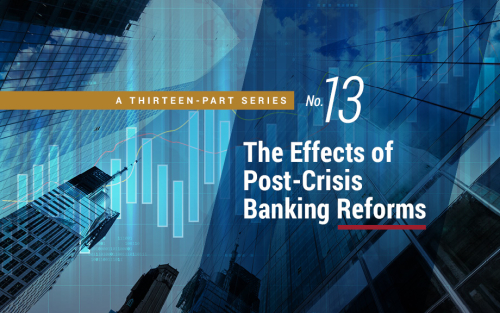

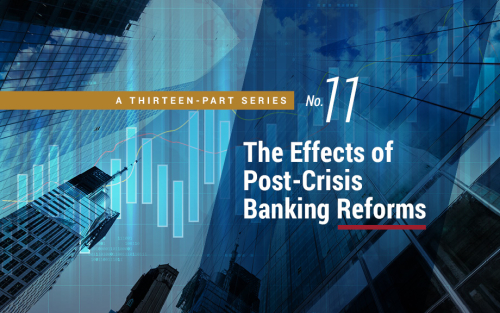
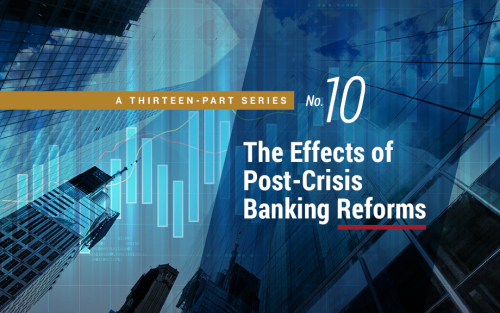

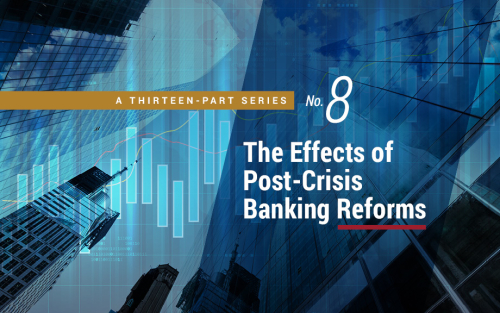


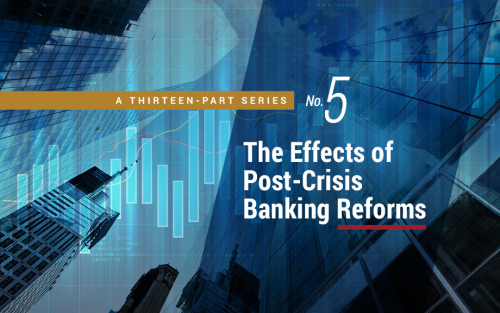
 RSS Feed
RSS Feed Follow Liberty Street Economics
Follow Liberty Street Economics